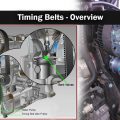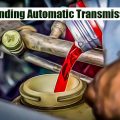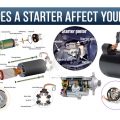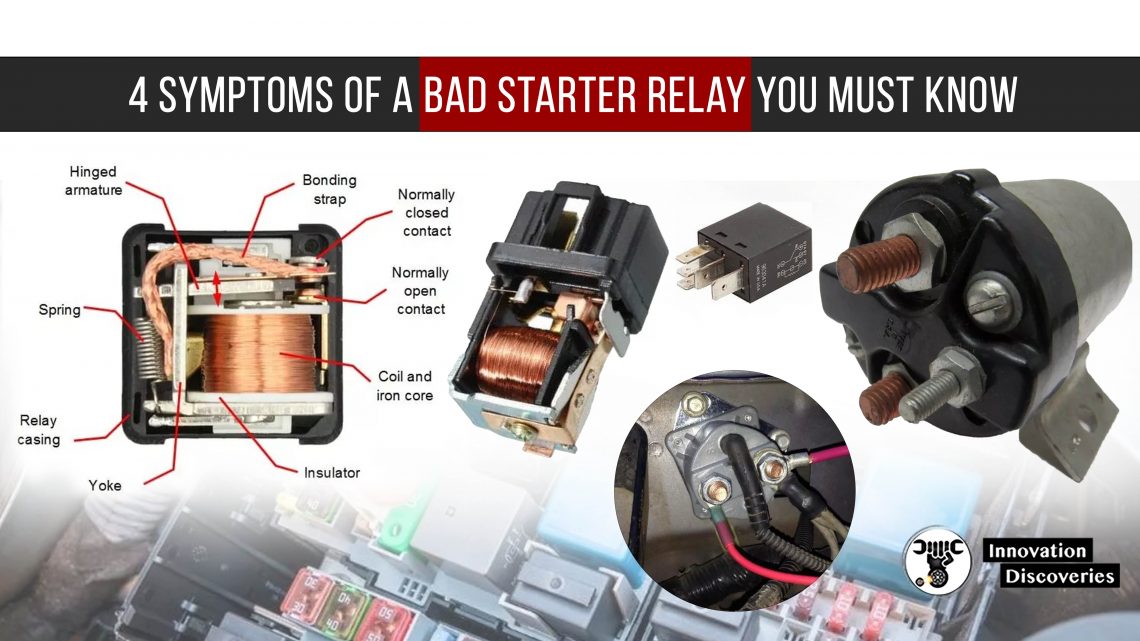
A starter relay closes contacts to switch on a larger current from a small current coming from the ignition switch circuit.
In this way, it acts as a switch for the starter solenoid and the starter motor in an automotive.
Starter relays rarely become faulty, but when they do, it can mean a lot of trouble because your car will not start.
Several things can cause a starter relay to fail, including corroded contacts, a faulty circuit, contacts that weld together, or just a relay that’s too old.
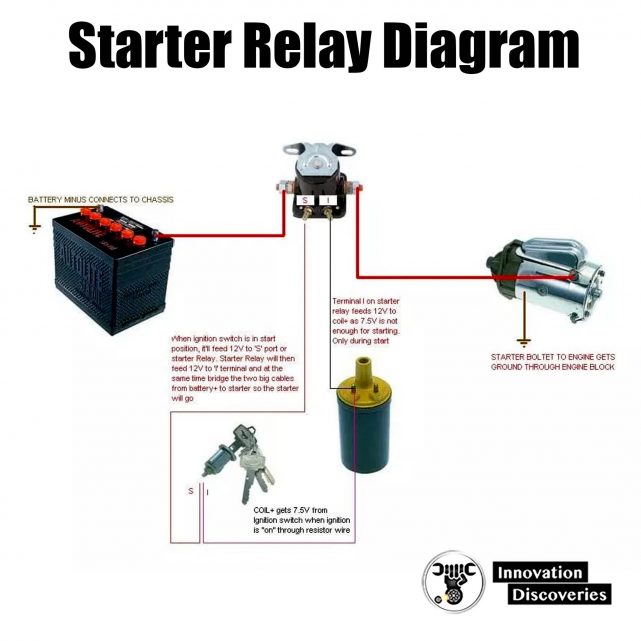
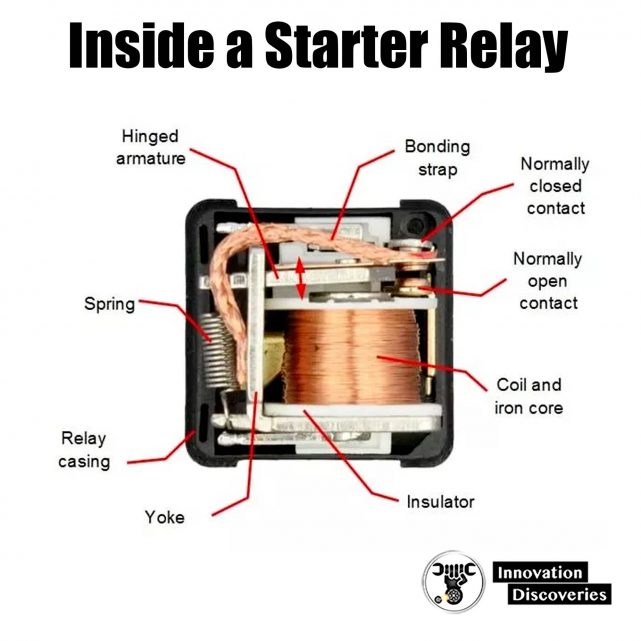
1. A Car That Fails To Start
Failing to start the car is one of the main signs that a starter relay has become damaged and needs immediate checking.
If you switch on the ignition and the car remains silent; no clicking, not anything, it means there’s no current flowing through the relay’s coil.
So the coil doesn’t magnetize strongly enough to attract the armature to switch on the battery circuit.
The result is zero current flowing through the starter solenoid and the starter motor, and the engine cannot start.
Switch on other car accessories or devices that use the battery to confirm if the battery is working and in good condition.
If the battery is confirmed not to be dead, the starter may need repair or total replacement.
2. A Series of Rapid Clicks From the Starter Relay
Rapid clicks show the relay is not delivering enough current to attract the armature.
As it tries to unsuccessfully close contacts during the on and off, the result is a series of clicks.
A possible cause of this problem could be insufficient conductivity due to contacts burning out or worn out leads that minimize the amount of the current flowing.
Both can result from an overly aged relay whose efficiency has deteriorated.
Repair for the fault is by ensuring current flows through the relay coils uninterrupted, and that the contacts are free from dirt and corrosion.
The contacts can be scraped to remove the corroded surface by use of the sandpaper.
In the case of a relay that has stayed for too long, a new one would easily solve the problem.
3. The Starter Relay That Remains on, Even After The Engine Has Started
When you switch on the ignition key, the starter relay switches on, and the starter motor and starter solenoid begin operating.
Switching off the ignition key or button should have the opposite effect: the motor and starter solenoid should stop operation.
If this doesn’t happen and the starter relay remains on even long after the engine has started, the relay is faulty.
It could be that the relay’s contacts have welded together, something that happens from exposure to high currents over time.
You should take immediate action because this kind of fault can result in damage to the whole starter system.
4. Occasional and Irregular Fails With Engine Starting
There are times when starting the engine fails, but on switching the ignition key off and on again, the engine starts.
This symptom indicates possible damage to the starter relay.
Mostly, it has to do with a build-up of dirt and debris on the contacts or leads from prolonged exposure.
The dirt causes an occasional decrease in the current flowing through the circuit.
Cleaning the contacts and examining the leads for breakage and discontinuity can help eliminate the problem.
A starter relay doesn’t contain many moving parts except for the armature, so it rarely breaks down.
When it does, it’s usually something to do with failure in electrical conductivity in the relay’s circuit.
The starter relay is a very important component in an automotive ignition system. If it fails, it can mean the vehicle not starting.
Starter relays need continuous monitoring to ensure they’re working properly.
In case of failure, replacing them is always the best option because they’re not costly to buy.
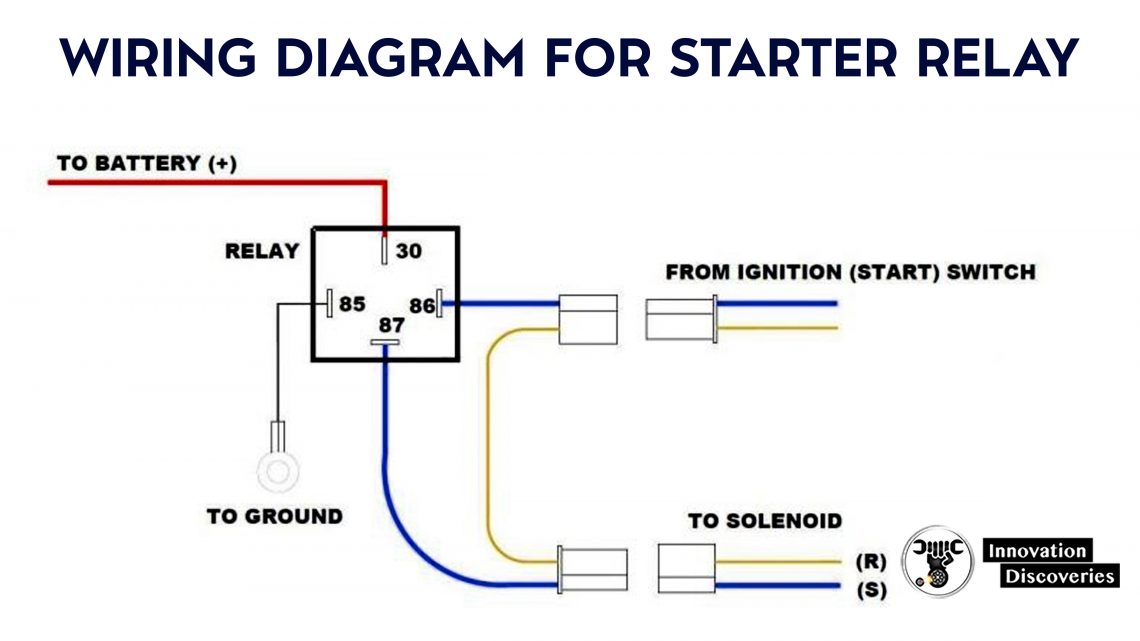
How to test the starting relay
Material:
- Fully charged battery
- A portable jumper cable manufacturing technology
- Baking soda, water, and wire brush
Tool:
- Safety glasses and gloves
Step 1
- Ensure that the car is parked safely and the transmission is in a neutral or parked state.
- When working under the hood, you don’t want the vehicle to move forward accidentally.
Step 2
- Before testing, prepare a fully charged battery and a portable jumper.
- Or, you can check your car battery to make sure it is fully charged and not the source of your problem.
- During the whole test, please pay attention to how to connect the jumper cable to the battery terminal.
Step 3
- Check the connection terminals on the battery and starter.
- Make sure they are free of rust, oil, dust, and debris. Before cleaning corroded terminals, disconnect the negative battery cable and set it aside.
- Remove the battery positive cable from the battery and set it aside.
- Take care to prevent the cables from accidentally contacting the battery terminals.
- Use baking soda, water, and a wire brush to clean the rusty terminals. If necessary, clean the starter terminal.
- If possible, disconnect the battery cable.
Step 4
- The cable from the starting solenoid to the starting relay should be followed.
- There are four terminals on the relay.
- Two smaller wires are used to “turn on” the relay and come from the critical switching circuit.
- Two larger wires connect from the battery to the starter, carrying the battery voltage.
- Remove the wires from the starter relay and mark the two smaller wires so that they can be reconnected appropriately.
- Connect one end of the jumper wire to the chassis ground. Terminal 86 should be connected to the other end.
Step 5
- Connect a jumper wire to the positive terminal of the battery.
- Since the connection between the battery and the starter has been cut off, the jumper can be connected for a short time.
- A digital voltmeter should be used to measure the resistance between terminals 30 and 87.
- Its resistance should be less than 1 ohm. If the resistance is greater than 1 ohm, the relay does not work. The relay needs to be replaced.
Frequently asked questions about starting relay
1) Can you fix the starting relay?
If the starter relay fails, you will not be able to start the engine.
Damage to the starter relay is usually caused by a short circuit due to a poor power connection on the starter.
Relays that are not working cannot be removed for repair; to start the engine, you must install a new one.
2) Is it easy to replace the starting relay?
With the right tool and knowledge of what wire to connect to which terminal, the process of replacing the starter relay should be easy.
Fuse box relays are easier. It usually involves unplugging the old relay and then plugging in the new relay.
3) What is the cost of starting relay replacement?
Excluding the cost of starting the relay, it is expected to pay about $30.
Adding the cost of purchasing the components, the total cost of installing a new relay is approximately $50.
4) How long does the starting relay last?
Normally, the starting relay will last more than 100 miles.
These parts are durable, with only a few moving parts, so wear is minimal.
The biggest threat to the life of the starting relay usually contacts burnout.
5) Is the starting relay the same as the starting solenoid?
In most cases, a real starter relay is a small black cube plugged into the electrical fuse/relay box in the engine room, and the starter solenoid (in most cases) is directly connected to the starter on the engine.
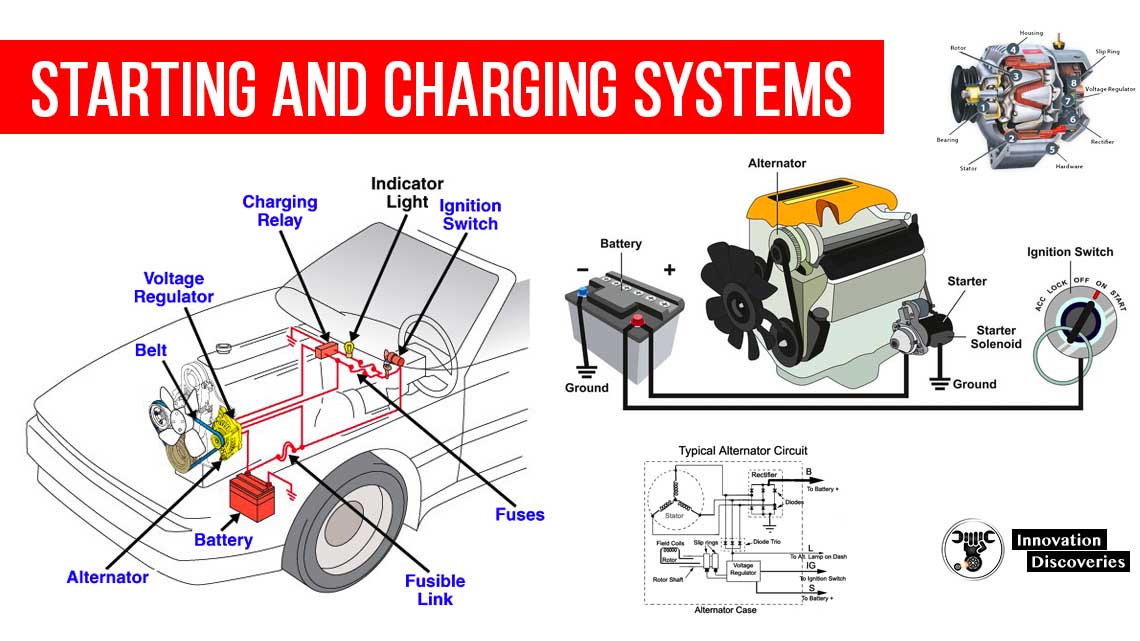
Read: HOW THE STARTING SYSTEM WORKS
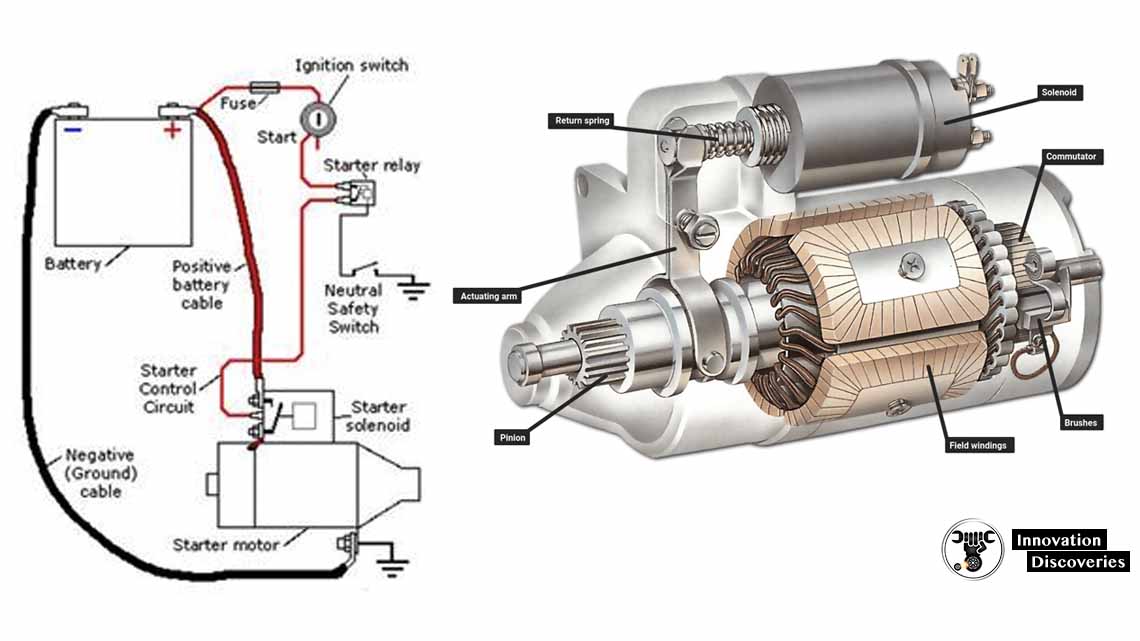
- 5 SIGNS OF A BAD ALTERNATOR
- CAR BATTERY OR ALTERNATOR: WHICH ONE IS THE CULPRIT BEHIND A DEAD CAR?
- MOST COMMON LOOSE ALTERNATOR BELT SYMPTOMS
Visit Our Friendly Website


